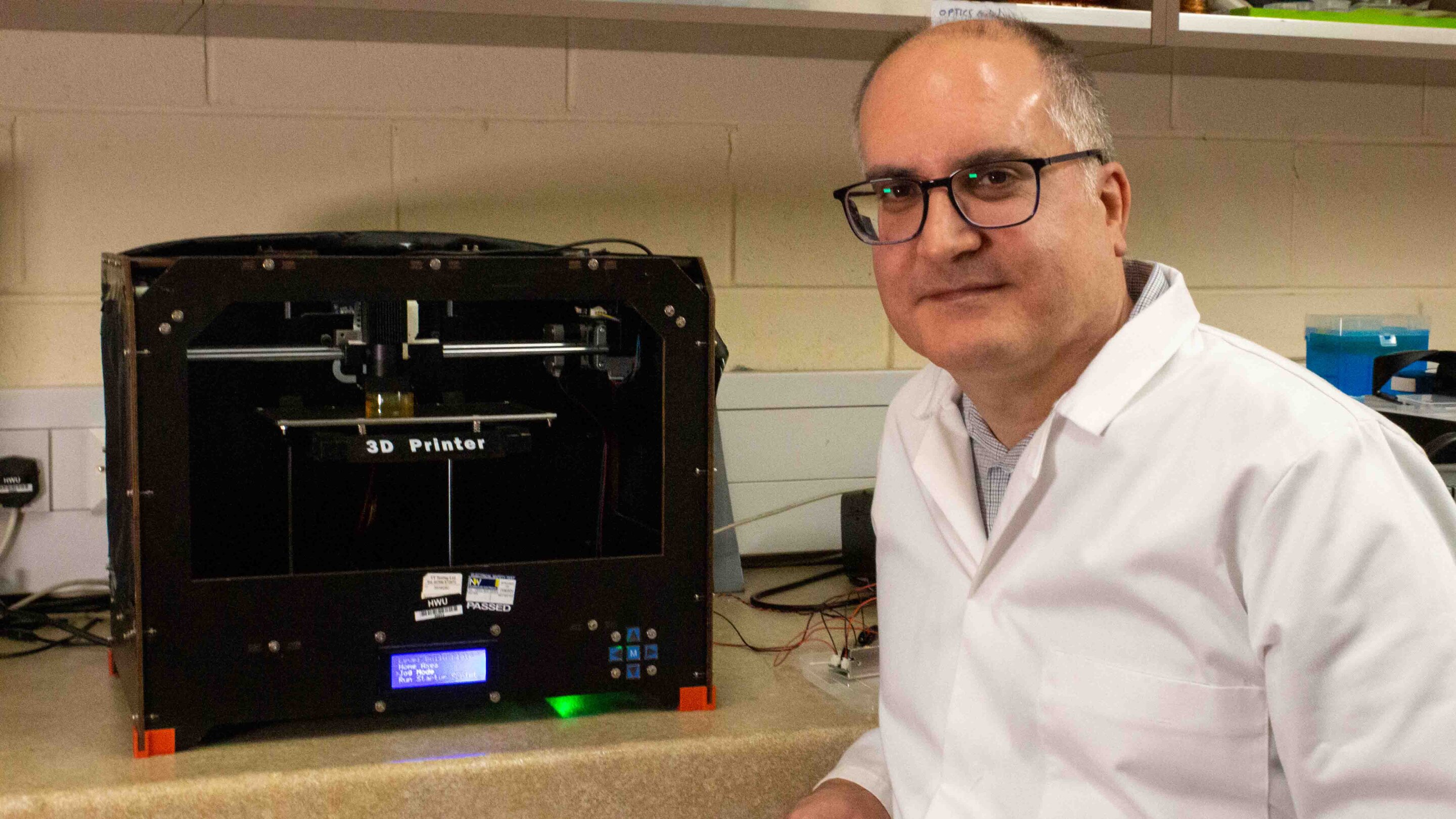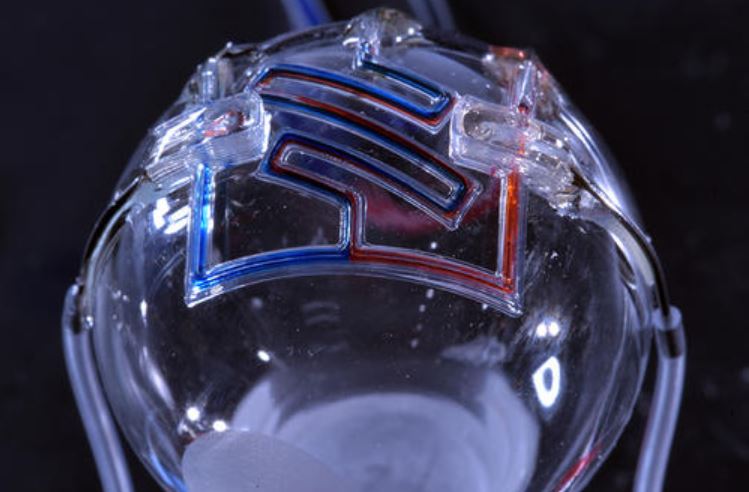
Scientists have developed an advanced technique for 3D printing that is set to revolutionize the manufacturing industry.
The group, led by Dr. Jose Marques-Hueso from the Institute of Sensors, Signals & Systems at Heriot-Watt University in Edinburgh, has created a new method of 3D printing that uses near-infrared (NIR) light to create complex structures containing multiple materials and colors.
They achieved this by modifying a well-established 3D printing process known as stereolithography to push the boundaries of multi-material integration...
Read More







Recent Comments